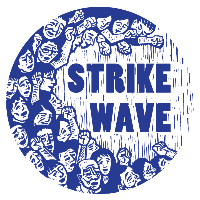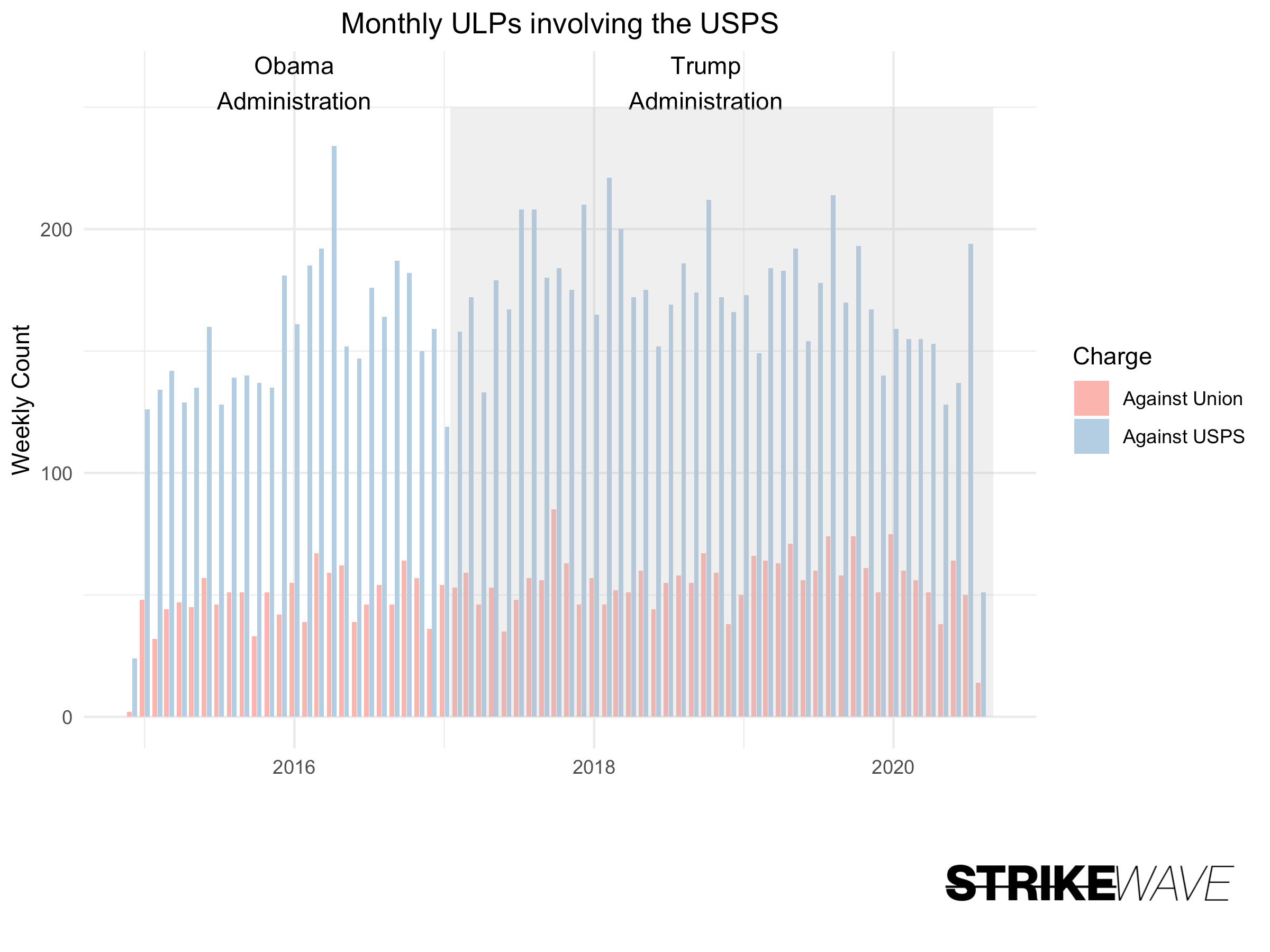OPINION: The Postal Service has been under attack for decades. We need to save it.
by C.M. Lewis and Kevin Reuning
Source: Coney Island website
The United States Postal Service—an institution consistently ranked as America’s favorite government agency—has emerged as a key issue heading into the 2020 election.
As concerns regarding COVID-19 push a shift toward mail-in balloting, Donald Trump has stonewalled proposed emergency federal appropriations for USPS and raised concerns about the legitimacy of mail-in balloting and the likelihood of election delays. Reports of a quiet shift in USPS resources and the removal of mail processing machines have raised alarms—confirmed by Trump’s admission—that the Trump administration is moving to undermine USPS in advance of the 2020 election.
Responses to the Trump administration’s campaign have focused on the Trump administration’s recent record, especially ensuring USPS can handle the large increase in mail volume connected to a national election. The New York Times editorial board suggested using dedicated drop boxes, while the Los Angeles Times editorial board called attacking USPS prior to an election “what a terrorist would do” and criticized cost-cutting measures imposed by Postmaster General Louis De-Joy.
The Trump administration is clearly engaging in an unprecedented move to undermine USPS for electoral gain. But as an analysis of National Labor Relations Board data demonstrates, problems with the Postal Service predate the Trump administration, and arguably helped lay the groundwork for his attack.
Unfair labor practices are one of the few quantifiable metrics of the state of labor relations between labor and management—and in the case of USPS, the numbers show some of the most contentious labor relations found among American employers. Charges filed against USPS outpaced unfair labor practices filed against other employers and have remained consistently high. They also show no significant variation between Barack Obama’s second administration and the Trump administration.
The source of tense labor relations and persistent problems are obvious. USPS’s current troubles largely stem from bipartisan legislation passed with unanimous consent in 2006 mandating that USPS prefund retiree benefits. The significant burden imposed by prefunding—unique to USPS—has caused financial difficulties ever since, in part leading to a loss of 165,000 jobs between 2006 and 2013. Job losses in USPS disproportionately impact Black workers, removing a key source of good jobs for Black communities.
The Obama administration continued with austerity measures for USPS, proposing job cuts and cuts to delivery and services. USPS infamously sought a report from McKinsey under Obama’s first administration recommending privatization measures (presidential candidate Pete Buttigieg was one of the analysts that reportedly worked on it). Obama’s final budget proposal included cutting 12,000 jobs even though USPS had posted its first quarterly profit in five years. Other proposals from the Obama administration included cutting to-the-door delivery (part of a privatization scheme involving Staples stores that began under Obama) and cutting Saturday deliveries.
The Obama administration’s policy—and the Trump administration’s policy—are in keeping with a long-term political and policy orientation toward USPS beginning with Ronald Reagan’s privatization push. Like with many underfunded American institutions and areas of policy concern—such as underfunded unemployment compensation systems, schools struggling with reopening plans, and families struggling with food insecurity—austerity created weak social institutions that are fracturing, or breaking, under the stress of the COVID-19 pandemic. Now, we are struggling to patch institutions that have been systematically weakened over decades.
The record shows that both parties are to blame for systemic issues in USPS and for catastrophic job losses over the past two decades, opening the door for Trump’s electoral games. The Trump administration’s nakedly political attack on USPS has provided an opening for a public campaign to save USPS—not just for the election, but for the long term. Aside from the crucial role it plays in society, USPS is a large employer that can provide stable, union employment. As NLRB data shows, the people that suffer most from bipartisan hostility toward USPS are union workers.
But that commitment can’t stop in November, or with the eventual end of the coronavirus pandemic—it must be a long-term change in how we view USPS, as well as a demand for policies reforming USPS to undo the damage done by legislative and executive attacks. In doing so, we can push policies like postal banking that will expand affordable financial services for struggling Americans (especially in communities of color), support union jobs, and grow a universally popular American institution.
Saving USPS is a priority, and whether we can accomplish the first steps now may well determine the course of the November election. However, to truly save USPS, we need to acknowledge that undermining it has been a bipartisan consensus—and we need to hold both parties to account.
C.M. Lewis is an editor of Strikewave and a union activist in Pennsylvania.
Kevin Reuning (@KevinReuning) is an assistant professor of political science at Miami University.


